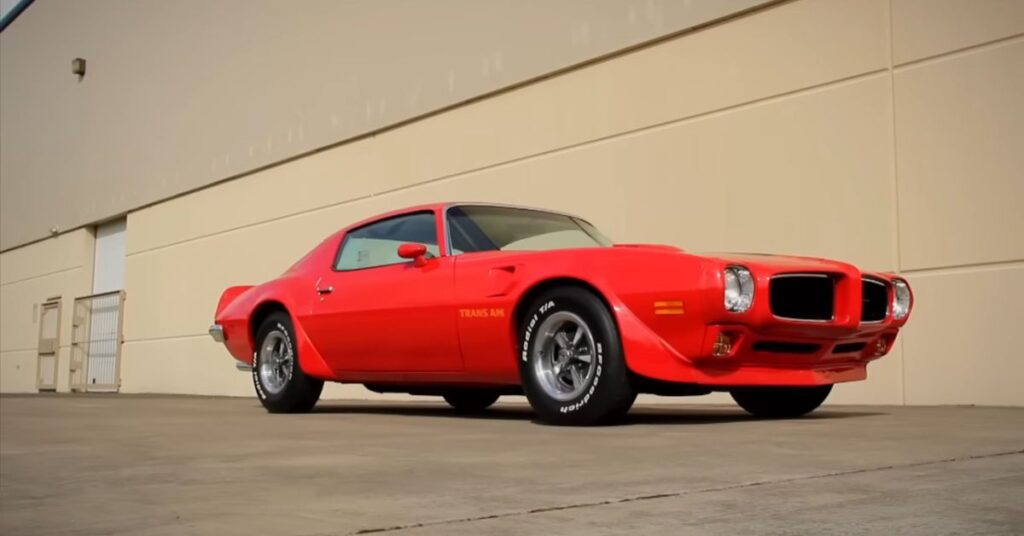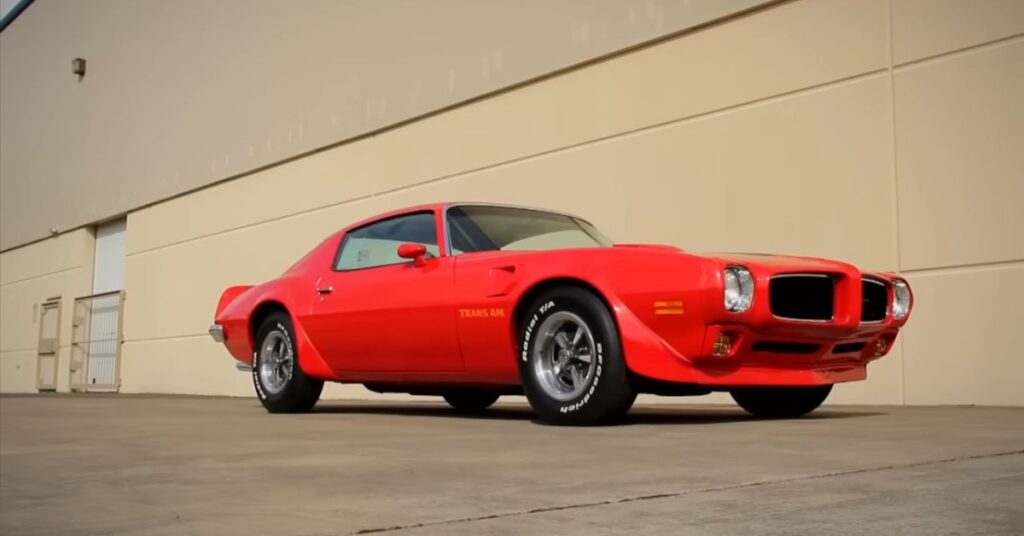In the early 1970s, the muscle car industry faced numerous obstacles that threatened its very existence. Insurance rates for high-performance vehicles skyrocketed, making them less desirable for the average consumer. Moreover, the Environmental Protection Agency (EPA) began imposing strict emissions regulations, forcing automakers to adapt their engines and technologies to meet the new standards. Additionally, the market saw the rise of smaller, more fuel-efficient imported cars, which further diminished the appeal of powerful American muscle cars.
The Loopholes and Craftiness of Pontiac Engineers
Despite the unfavorable climate, Pontiac engineers managed to produce the Super Duty version of the 455 Trans Am, which would later earn the title of the fastest Pontiac ever. The EPA required a 50,000-mile emissions testing program for any new engine introduced in 1973.
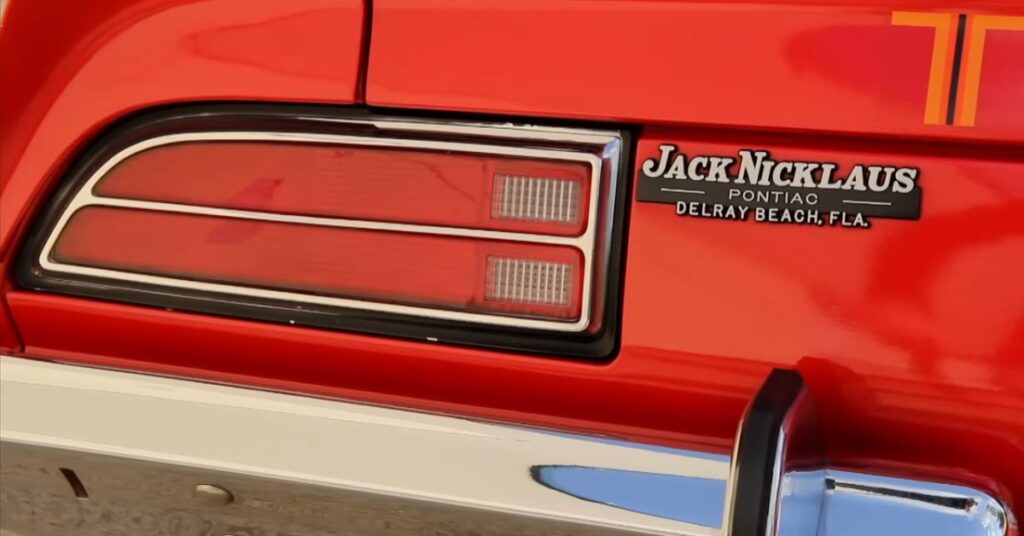
However, the Super Duty 455 was based on the existing 455 V8, allowing Pontiac to circumvent the strict testing requirements. By exploiting this technicality, Pontiac engineers ensured that the Super Duty engine only needed to pass emissions testing after a 4,000-mile break-in period, rather than the full 50,000 miles.
Performance of the Super Duty 455
The Super Duty 455 retained much of the power and performance associated with Trans Am models of previous years, despite the necessary adjustments to comply with emissions regulations. Although the compression ratio and camshaft were slightly altered for emissions reasons, the Super Duty 455 still packed a punch comparable to its predecessors.
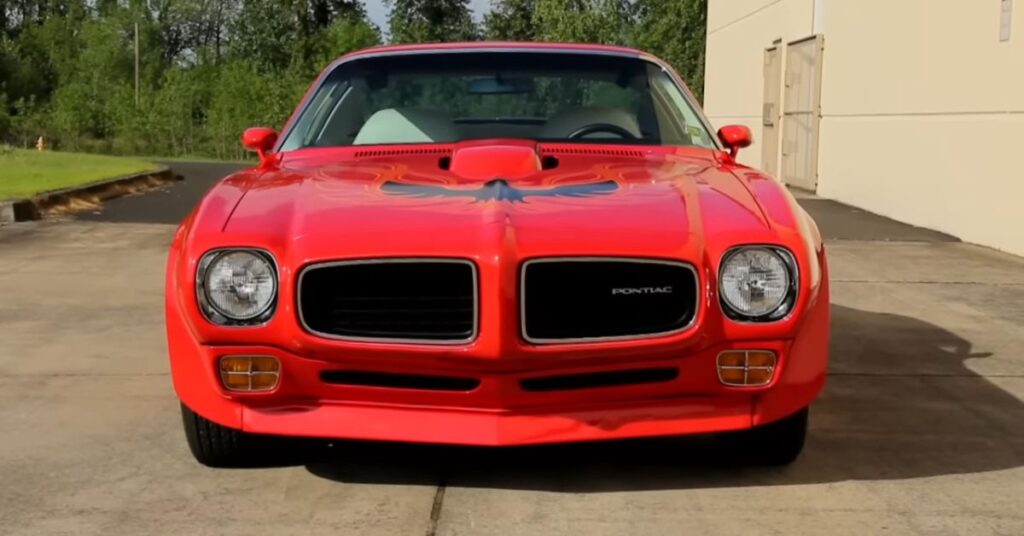
Under the hood, the Super Duty featured a different block with four-bolt main bearings and thicker casting material, providing a stiffer structure. While the crankshaft was cast instead of forged due to budget constraints, extra machining processes were employed to enhance its strength and durability. The Pistons and connecting rods were forged, ensuring greater reliability.
Power and Performance Numbers
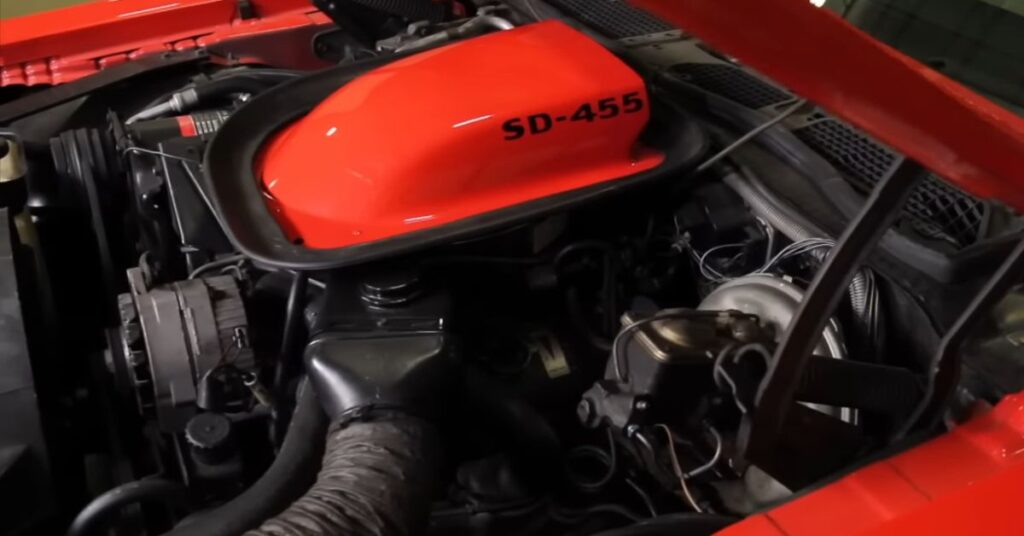
The Super Duty 455 boasted an impressive 310 horsepower rating at 4,000 rpm. Although the engine had the potential to rev up to 6,000 rpm, Pontiac engineers struck a balance between performance and emissions compliance.
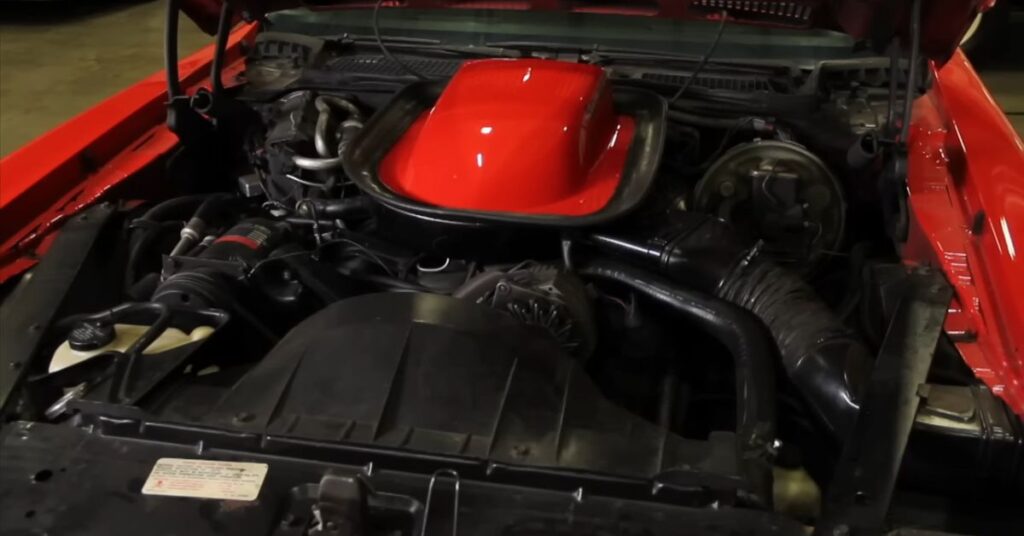
The result was a legitimate mid-13-second quarter-mile car that bore the EPA seal of approval. Notably, the Super Duty engine’s tune-up also delivered surprisingly good fuel economy figures, making it a versatile powerplant for enthusiasts.
The Complete Trans Am Package
The Super Duty 455 was not the only remarkable feature of the 1973 Trans Am; it was accompanied by a comprehensive package of enhancements. Herb Adams, a special projects engineer, meticulously fine-tuned the suspension to deliver exceptional handling, braking, and cornering capabilities. This attention to detail ensured that the Trans Am was not solely focused on straight-line speed but offered a well-rounded driving experience.
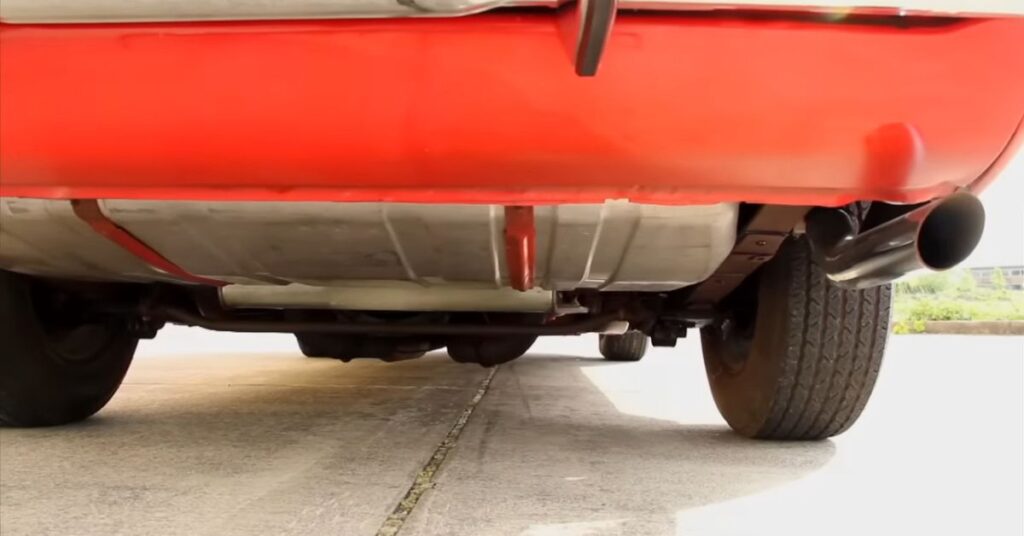
Stepping inside the Trans Am, occupants were greeted by high-back bucket seats that provided both comfort and support, allowing drivers to fully enjoy their time behind the wheel. The inclusion of a comfortable tilt steering wheel added an extra level of convenience and customization. The full console further enhanced the driving experience, providing additional storage options and a convenient armrest.
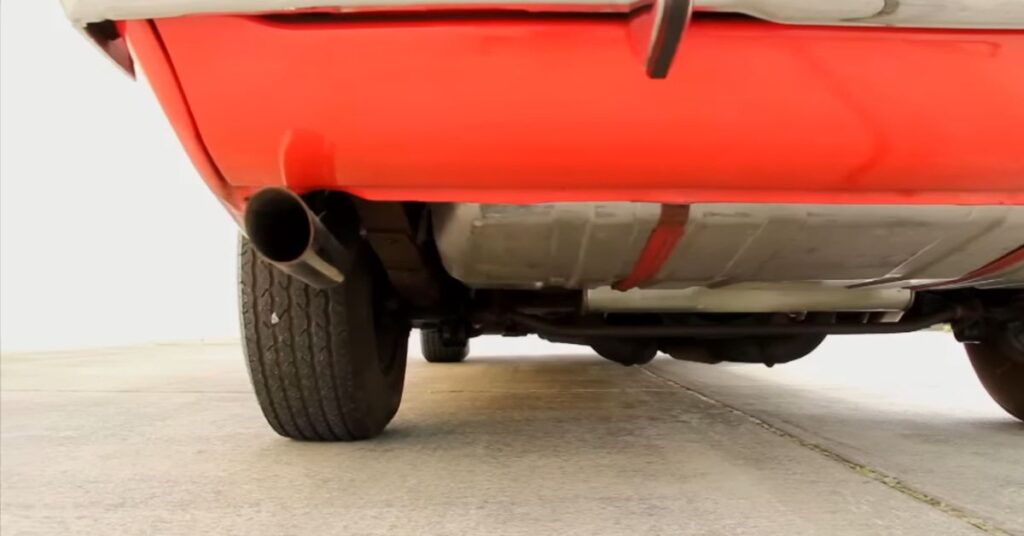
One of the most visually striking aspects of the Trans Am’s interior was the engine-turned dashboard. This distinctive design featured an array of gauges, showcasing important information to the driver in a stylish and aesthetically pleasing manner. The combination of the gauges and the overall interior design elevated the Trans Am’s allure and created a captivating ambiance for both driver and passengers.
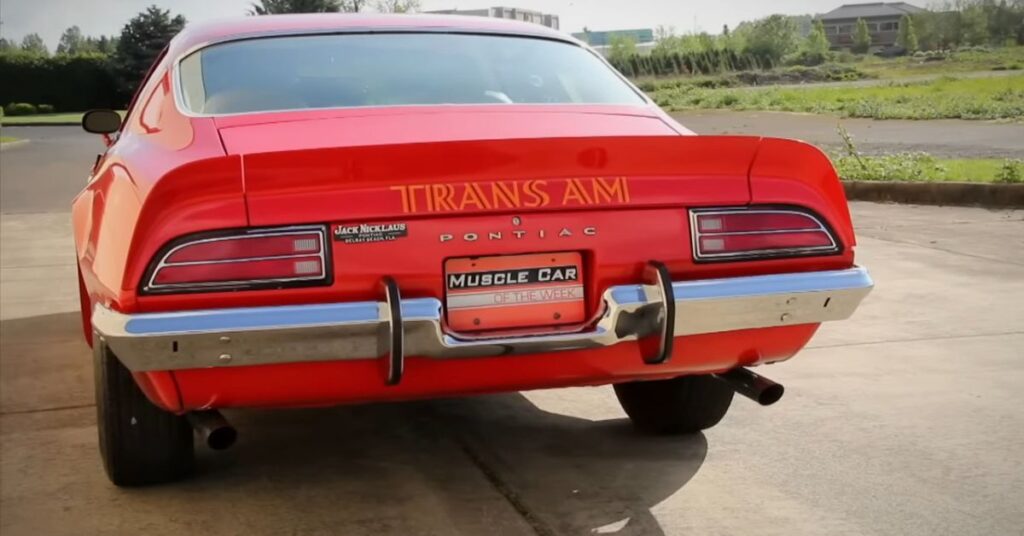
With its refined suspension, comfortable seating, and attention to detail in the interior, the 1973 Trans Am offered more than just a powerful engine. It provided a complete driving experience that combined performance, comfort, and style—a true testament to Pontiac’s commitment to creating an exceptional muscle car.
Car body graphics
Car body graphics and patterns have become increasingly popular in the automotive world, adding a touch of uniqueness and personalization to vehicles. These eye-catching designs can range from simple stripes and decals to elaborate and intricate patterns that span the entire body of the car. The artistry and creativity involved in car body graphics have transformed vehicles into moving canvases, allowing owners to express their individuality and make a bold statement on the road.
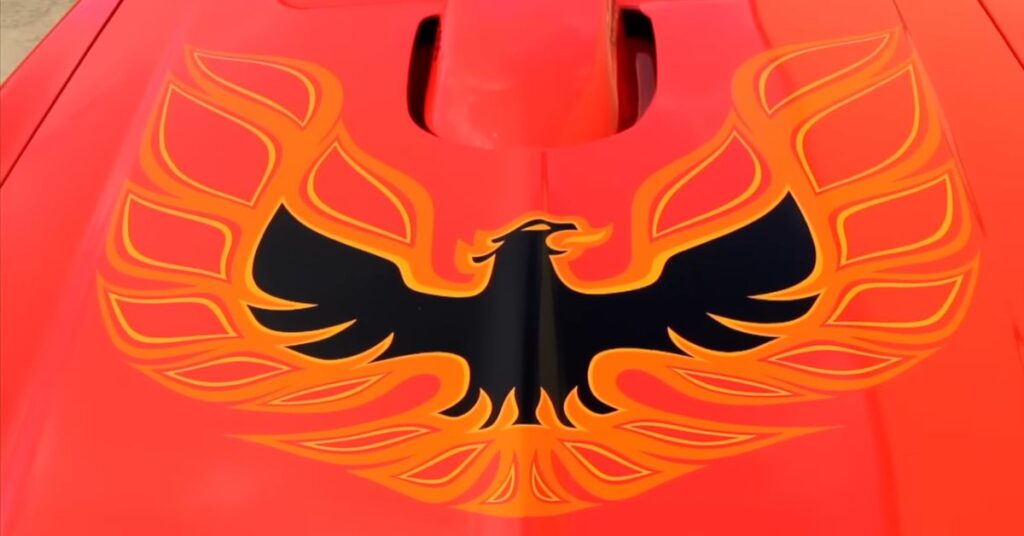
One of the advantages of car body graphics is their ability to instantly enhance the visual appeal of a vehicle. Whether it’s a racing stripe that adds a sporty touch or a vibrant graphic that showcases personal interests or hobbies, these designs catch the eye and make a car stand out from the crowd. Car enthusiasts and owners now have the freedom to choose from a wide array of pre-designed graphics or work with professional designers to create custom patterns that suit their preferences and personality.
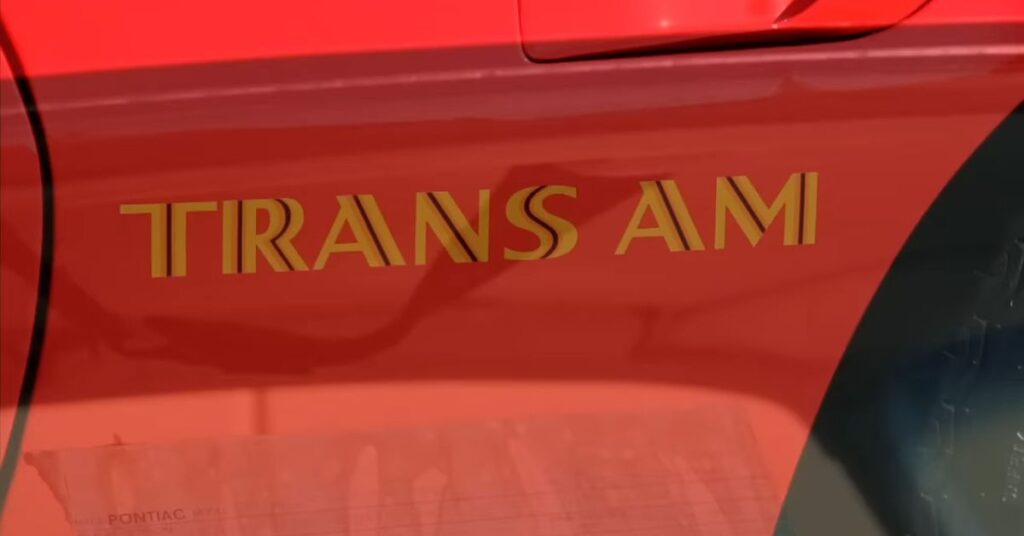
Beyond aesthetics, car body graphics also serve functional purposes. They can provide an additional layer of protection to the vehicle’s paintwork, acting as a shield against minor scratches and chips. Moreover, reflective or high-visibility graphics can improve safety by making the vehicle more visible to other drivers, especially during nighttime or in low-light conditions.
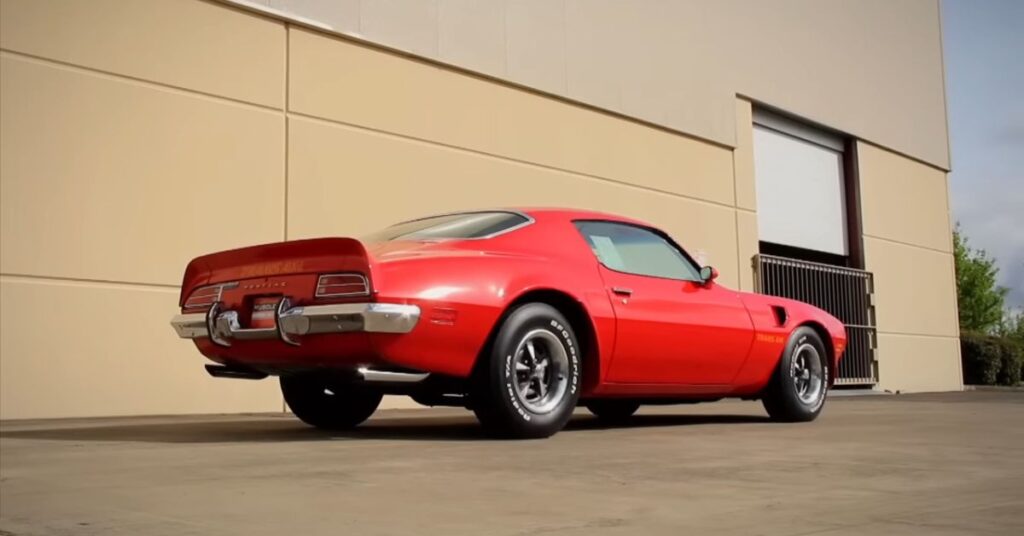
Car body graphics have become a popular option not only for individual car owners but also for businesses and organizations looking to promote their brand. Commercial vehicles, such as delivery trucks or company cars, often feature branded graphics that serve as mobile advertisements, effectively increasing brand visibility and recognition.
Conclusion
The 1973 Pontiac Trans Am SD-455 stands as a testament to the ingenuity of Pontiac engineers. While the muscle car landscape faced numerous challenges, this Super Duty version defied expectations and delivered exhilarating performance. Despite the power reductions demanded by emissions regulations, the Super Duty 455 remained a force to be reckoned with on the drag strip and the open road. Its rarity and collectibility today only add to its allure and value as a true piece of automotive history.
